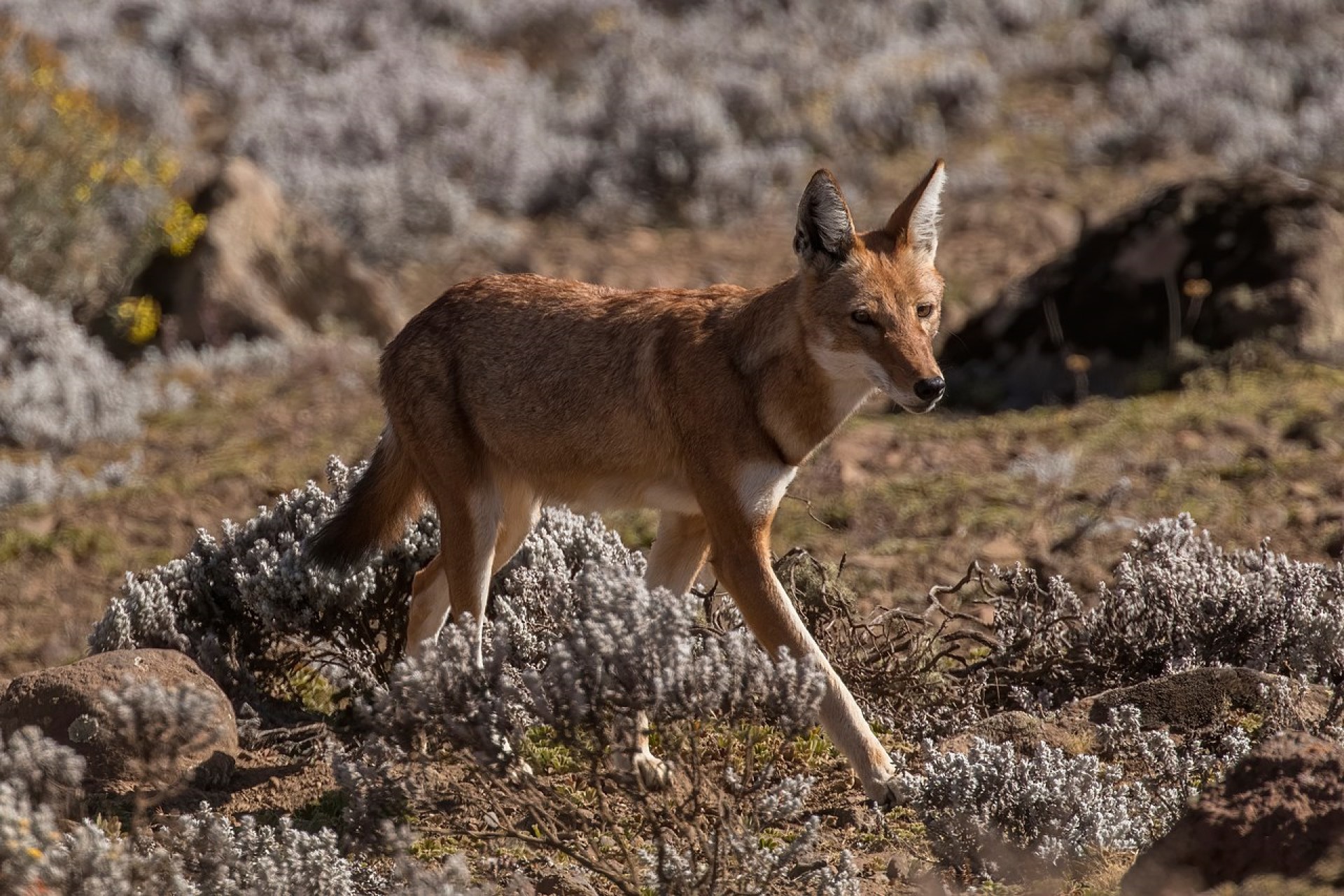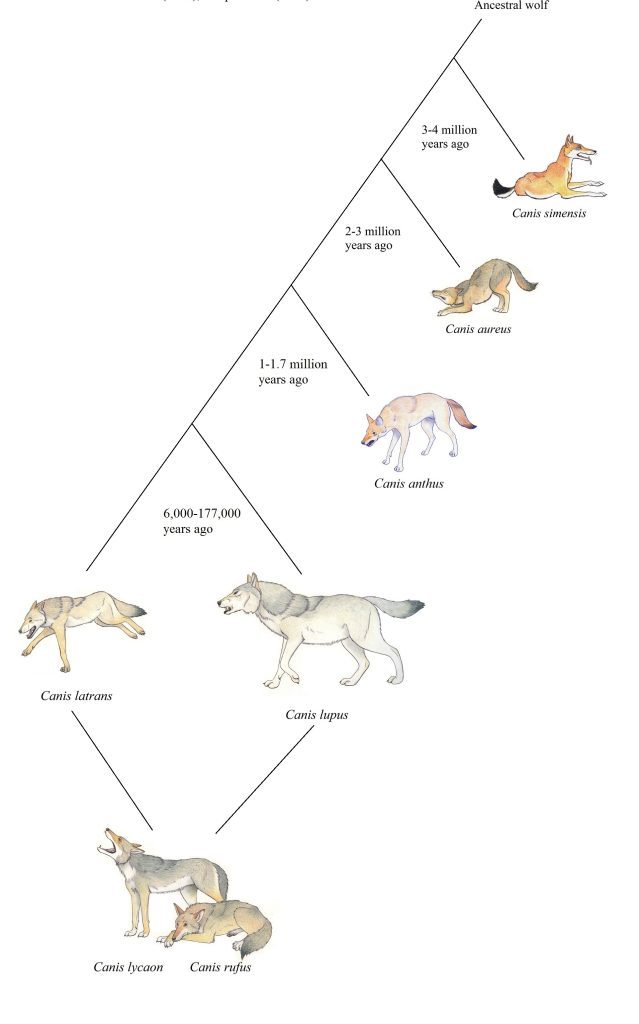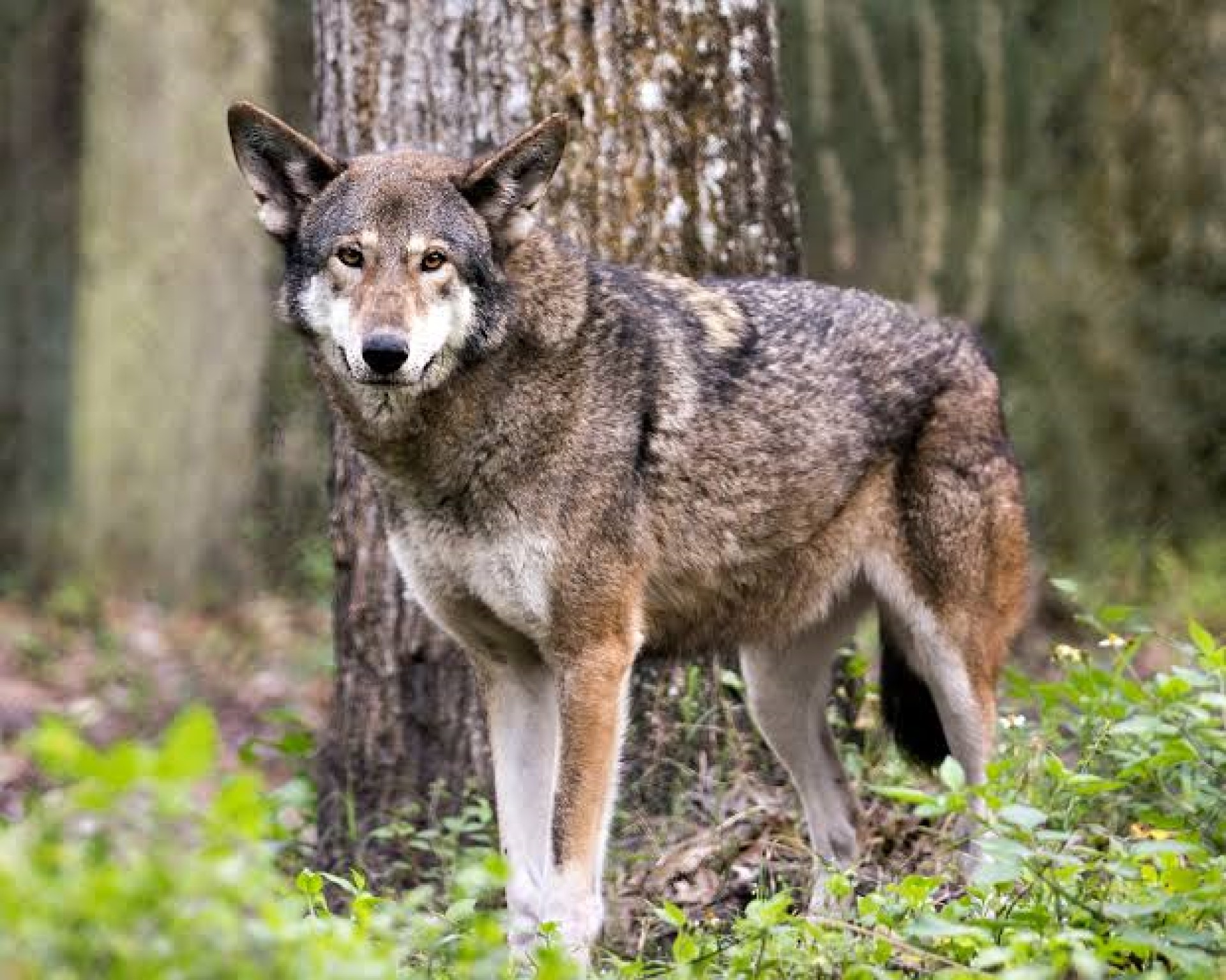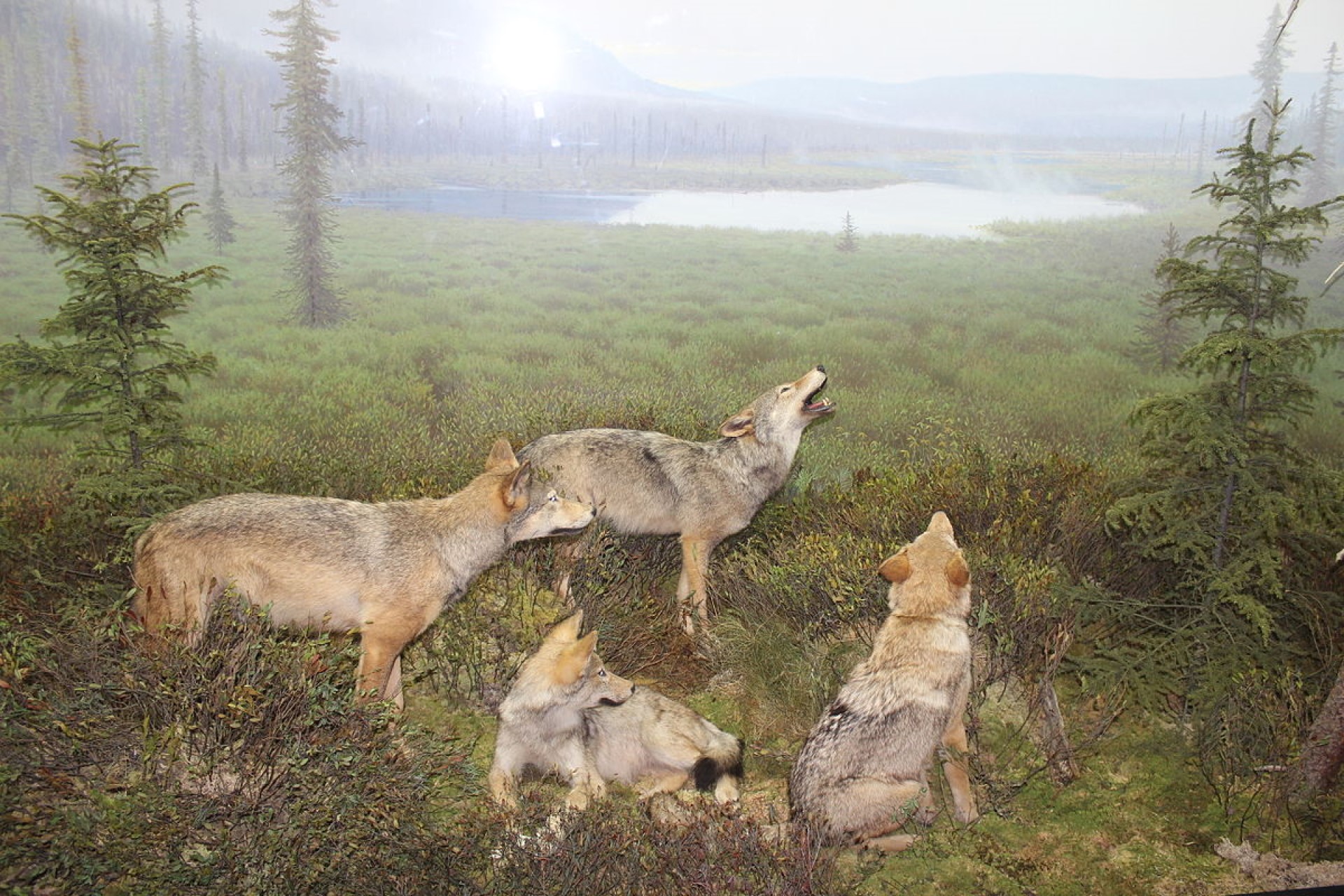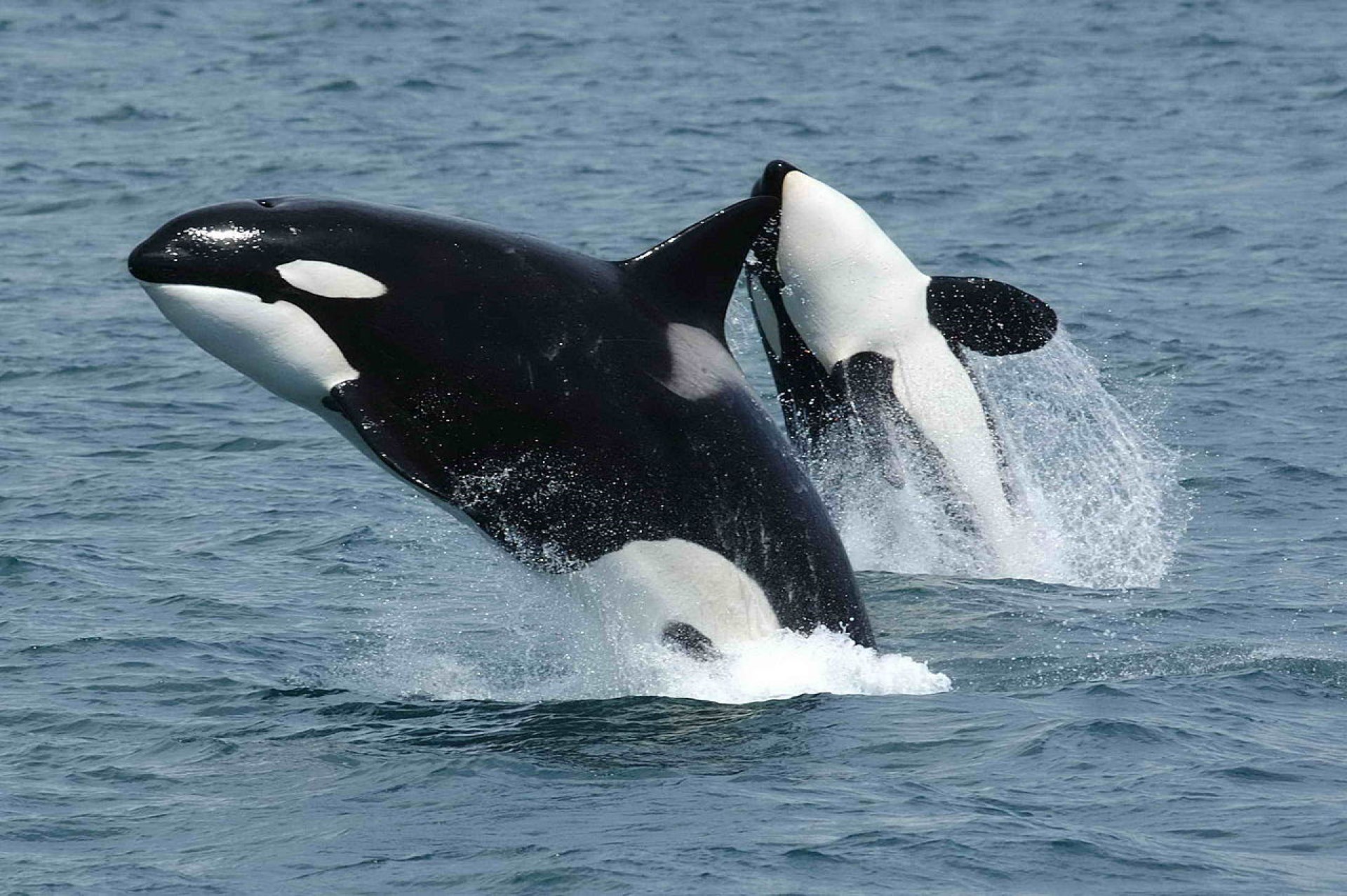
Orca or Killer whale
As this species is a member of Cetacea, not carnivora. Never-the-less, this is the largest clear predator on the planet.
They are found in all of the worlds oceans. What is incredible, is that other apex predators, like the great white are rendered prey, simply be the arrival of Orcas on the scene.
One such example, is the arrival of the Orcas in South Africa. The great white sharks have vanished. While there are suggestions that they have not gone far (perhaps merely into the depths of the waters nearby) it is clear that after a number were killed by the orcas they have given way.
They are not actually whales, being the largest member of the Oceanic Dolphin family, and as such appear to have the brainpower to defeat almost anything when they put their mind to it. As well as great white sharks, Orca will also hunt all of the baleen whales, including the blue whale which is the largest animal to ever roam the earth. They will also regularly hunt toothed whales such as false killer whales.
Each pod is lead by a dominant female, and these animals can live to be 50-90 years old. While this species eats a wide variety of fish, sharks, rays and marine mammals such as seals, other species of dolphins and whales, generally these animals specialize. Some generally eat fish, while others hunt mammals.
They have a wide range of hunting techniques, from polar orca working together to create waves to wash seals off icebergs, to intentionally beaching themselves in Argentina, to grab seals from the beach. Each group is capable of coming up with their own techniques which are taught to future generations.
Below you will find any articles from the blog, which mention the Killer whale (or Orca). Below that is a video of this species (it is a 50 minute documentary on this species). Below that, we will add any links which will allow you to try to see this species for yourself.
Killer whales trapped in drift ice off the coast of Hokkiaido in Japan have got free
- Tim
- February 7, 2024
This pod of Orca have been trapped, with only this small opening to breathe from. Unlike other marine mammals, orca generally stay close to the surface, and breathe regularly, which...
Killer whales or Orca have been hunting great white sharks to eat their liver
- Tim
- August 9, 2022
One of the biggest and best known populations of great white sharks live off the coast of South Africa. So when their behaviour changed in 2017, and they were seen...
In marine ecosystems killer whales and great white sharks sit at the top of the food chain, but clearly they are not equal
- Tim
- July 11, 2022
Historically, great whites have ruled the waves all along the coast of South Africa. There is a wonderful sequence in planet earth where a great white is filmed in ultra...
Killer whale shows jumping high from the water is a natural behaviour
- Tim
- May 20, 2021
There is often an argument that Orca (or killer whales) should not be displayed in aquariums as they show unnatural behaviours. While doing trick after trick would not be seen,...
Killer whale sighting off Cornwall
- Tim
- May 10, 2021
John Coe (an old and very well known killer whale) and Aquarius, have been sighted off the coast of Cornwall.
A rare sighting in the south of the UK, this...
Orca, or killer whales, are the most effective hunters of the sea, but they’re not supposed to be dangerous to humans. So why are Orca now ramming sailing boats of the Spanish and Portuguese coast?
- Tim
- September 14, 2020
From two boats losing their rudders, to merely having passengers knocked around or bruised, this action seems to be intentional. The latest attack by an Orca on a boat ended...
Two pilot whales were spotted extraordinarily close to Wales beach
- Tim
- August 11, 2022
I was talking about Orca predating great white sharks just a few days ago, but it would seem that they have also been showing their apex predator status in British...
Record length for a mammal to hold its breath has been smashed
- Tim
- October 3, 2020
Beaked whales are a relatively little known about family of species.they are known to be able to hold their breath for incredibly long periods of time, but a recent study...
Review: extinction: the facts
- Tim
- September 30, 2020
In recent years the BBC has stopped trying to cover over the threat to the natural world in their world famous documentaries. This once as you can see, deals with...
Where have South Africa’s great white sharks disappeared to?
- Tim
- July 15, 2020
South Africa is home to a large number of wonderful wildlife. One of the things that was most well known for its great white sharks. Big draw as being the...

